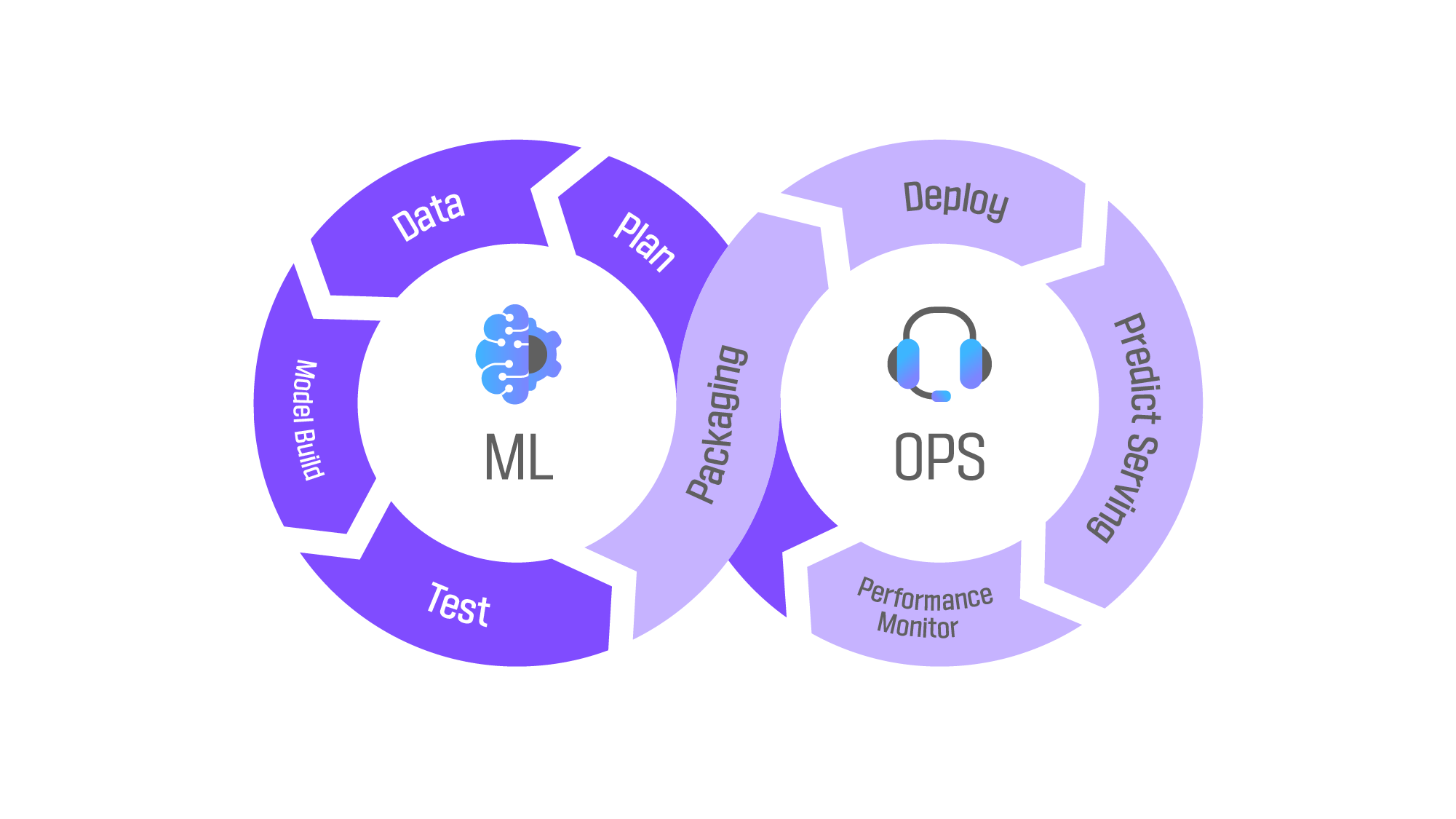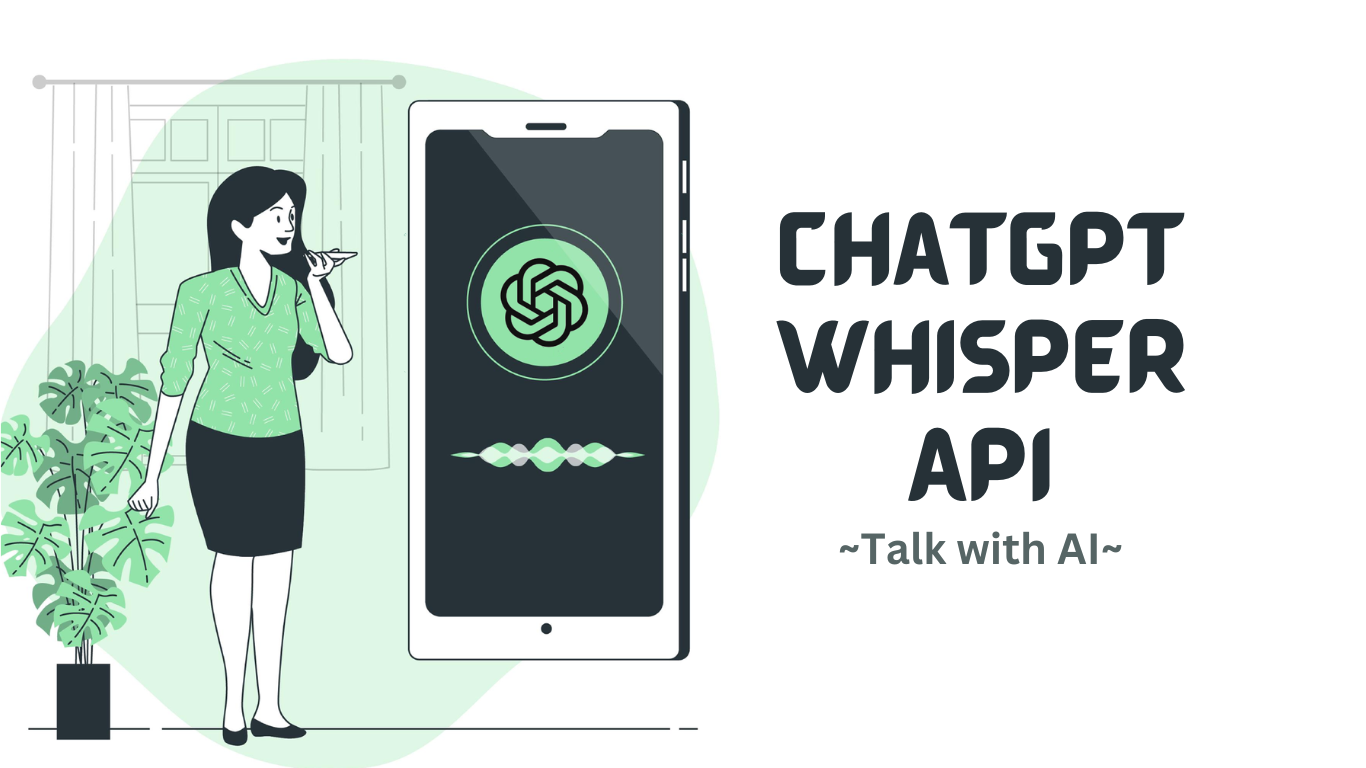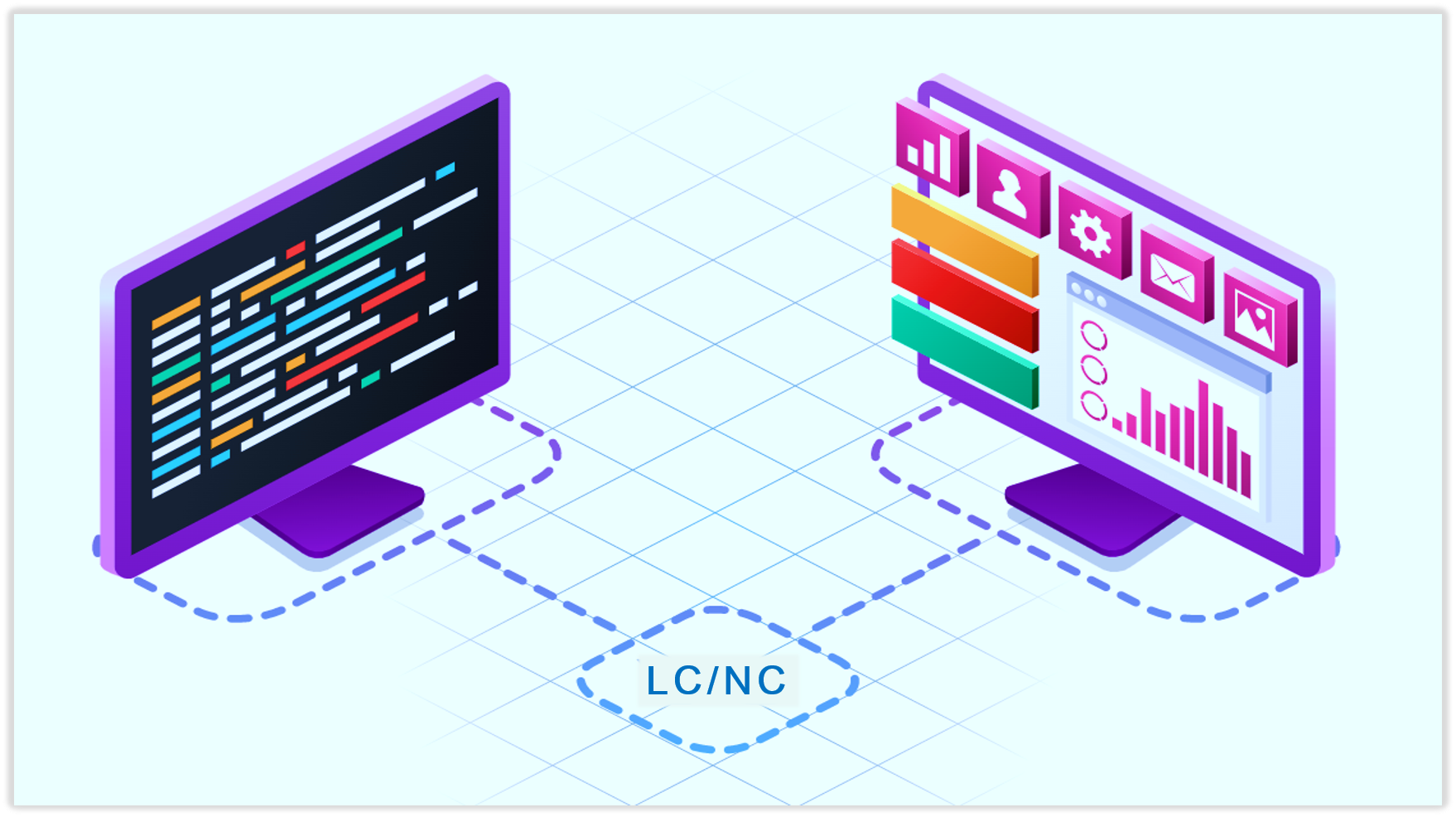All server-side operations and interactions between the browser and database are referred to as backend development. Servers, databases, communication protocols, operating systems and software stack are the core tools used in backend development.
JavaScript, PHP, Python, Java and Ruby are the known backend programming languages that most backend developers are using nowadays.
A survey of W3Techs claims that PHP is the most used backend language. Around 79.2% of web applications are using PHP as server-side applications.
On the other hand, Stack Overflow’s 2020 Developer Survey shares that JavaScript is the top most used scripting language. Indeed, JavaScript got 69.7%, Python earned 41.6%, and PHP received 25.8% votes from professional developers in this survey.
1. JavaScript
JavaScript (JS) is a lightweight, interpreted, or just-in-time compiled programming language with first-class functions. While it is most well-known as the scripting language for Web pages, many non-browser environments also use it, such as Node.js, Apache CouchDB và Adobe Acrobat. JavaScript is a prototype-based, multi-paradigm, single-threaded, dynamic language, supporting object-oriented, imperative, and declarative (e.g. functional programming) styles. Read more about JavaScript.
This section is dedicated to the JavaScript language itself, and not the parts that are specific to Web pages or other host environments. For information about APIs that are specific to Web pages, please see Web APIs và DOM.
The standards for JavaScript are the ECMAScript Language Specification (ECMA-262) and the ECMAScript Internationalization API specification (ECMA-402). The JavaScript documentation throughout MDN is based on the latest draft versions of ECMA-262 and ECMA-402. And in cases where some proposals for new ECMAScript features have already been implemented in browsers, documentation and examples in MDN articles may use some of those new features.
Do not confuse JavaScript with the Java programming language. Both “Java” and “JavaScript” are trademarks or registered trademarks of Oracle in the U.S. and other countries. However, the two programming languages have very different syntax, semantics, and use.
2. PHP
PHP (originally stood for Personal Home Page, then renamed to Hypertext Preprocessor) is an open-source server-side scripting language, developed in 1994 by Rasmus Lerdorf specifically for the web. What now makes PHP different than, for example, JavaScript is that the code is executed on the server, generating HTML which is then sent to the client. The client receives the results of running that script but doesn’t know what the underlying code was.
Since its creation, PHP has become extremely popular and successful – almost 80% of websites are built in PHP, including web giants like Wikipedia, Facebook, Yahoo!, Tumblr and many more. PHP is also the language behind the most popular CMS (Content Management Systems) such as WordPress, Joomla, Drupal, WooCommerce and Shopify. PHP is a universal programming language that allows for building landing pages and simple WordPress websites, but also complex and massively popular web platforms like Facebook.
PHP is also considered as easy to learn (at least on an entry-level) and, according to StackOverflow’s annual survey, is the most popular programming language of 30% of software developers.
3. Ruby
Rails, or Ruby on Rails, is an open-source framework written with the Ruby programming language and founded in 2003 by David Heinemeier Hansson.
Ruby on Rails companies don’t have to rewrite every single piece of code in the process of web application development, thus reducing the time spent on basic tasks.
Research by Slant states that Ruby on Rails is in 5th place among the most popular frameworks for back-end development.
The number of websites built with the framework account for 350,000+ all over the world, and this number is rapidly growing.
Open Source status is the first thing to take into consideration when choosing the right back-end framework. This means Ruby on Rails is free and can be used without any charge.
The past few years have provided us with many success stories of startups that were able to launch a new web project on Ruby on Rails and acquire their first customers — all within a few weeks. Everything is possible thanks to a huge community and the support you can get as a result.
Benefits of Ruby on Rails Framework
- Ruby on Rails MVC
- Extensive ecosystem
- Consistency and clean code
- DRY
- High scalability
- Bảo mật
- Time and cost efficiency
- RAD
- Self-documentation
- Test environment
- Convention over configuration
4. Python
Python is a general-purpose programming language used in web development to create dynamic websites using frameworks like Flask, Django, and Pyramid. For the most part, Python runs on Google’s Apps Engine.
Unlike Java which is a compiled language, Python is an interpreted language. It is generally slower than the compiled languages. This makes Python lose to Node.js in terms of performance.
Python is not suitable for apps that require high execution speed. This is because of the single flow of code in Python which leads to slow processing of requests. Python web applications are therefore slower.
Python does not support multithreading. Therefore, scalability is not as easy. For Python to have easy scalability, libraries have to be used. However, this does not mean that it can compete with Node.js in terms of scalability.
Python is a full-stack language. It is used in backend development while its frameworks are used in frontend development.
A Python program can be written in MAC OS and the same program can run in Linux, therefore Python is also a cross-stage languague.
Python is a good language for web development as well as desktop development. But unlike Node.js it is not primarily used in mobile app development.
After the introduction of Python, a lot of frameworks and development tools like PyCharm have been created.
The great extensibility of Python and the use of many frameworks have made Python to be such a great backend language that every developer would desire to use.
Python frameworks include:
Python is not event-driven. To build an event-driven app using Python, you need to install a tool like CPython.
Although Python enables asynchronous programing it is not frequently used like Node.js as it is limited by Global interpreter lock which ensures that only one process executes at a time.
5. Java
Java is highly scalable. Take the case of Java EE. Assuming you have done the right planning and used the right kind of application server, the Java EE can transparently cluster instances. It also allows multiple instances to serve requests.
In Java, separation concerns allow better scaling. When processing or the number of Input-Output (IO) requests increases, you can easily add resources, and redistribute the load. Separation of concerns makes this transparent to the app.
Java components are easily available, making scaling of large web apps easy. The language is flexible, and you need to do less invasive coding to improve scalability. Read more about it in this StackOverflow thread on Java scalability.
One great advantage of Java is “Write Once, Run Everywhere”. We also call this feature ’portability’. You can execute a compiled Java program on all platforms that have a corresponding JVM.
This effectively includes all major platforms, e.g. Windows, Mac OS, and Linux. Read more about the cross-platform feature of Java in this StackOverflow thread titled “Is Java cross-platform”.
You first write your Java program in the “.java” file. Subsequently, you compile it using the Ecplise IDE or ’javac‘, and thereby you create your “.class” files. While it isn‘t mandatory, you can also bundle your “.class” file into a “.jar” file, i.e. an executable.
You can now distribute your “.jar” file to Windows, Mac OS, and Linux, and run it there. There may be occasional confusion, because you may find different set-up files for different platforms for one Java program. However, these have nothing to do with Java.
There are applications that depend on specific features certain platforms provide. For such apps, you need to bundle your Java “.class” files with libraries specific to that platform.
Java’s automatic memory management is a significant advantage. I will describe it briefly here to show how it improves the effectiveness and speed of web apps.
In programming parlance, we divide memory into two parts, i.e. the ’stack’ and the ’heap’. Generally, the heap has a much larger memory than the stack.
Java allocates stack memory per thread, and we will discuss threads a little later in this article. For the time being, note that a thread can only access its own stack memory and not that of another thread.
The heap stores the actual objects, and the stack variables refer to these. The heap memory is one only in each JVM, therefore it‘s shared between threads. However, the heap itself has a few parts that facilitate garbage collection in Java. The stack and heap sizes depend on the JVM.
Now, we will analyze the different types in which the stack references the heap objects. The different types have different garbage collection criteria. Read more about it in “Java Memory Management”.
Following are the reference types:
- Strong: It‘s the most popular, and it precludes the object in the heap from garbage collection.
- Weak: An object in the heal with a weak reference to it from the stack may not be there in the heap after a garbage collection.
- Soft: An object in the heap with a soft reference to it from the stack will be left alone most of the time. The garbage collection process will touch it only when the app is running low on memory.
- Phantom reference: We use them only when we know for sure that the objects aren‘t there in the heap anymore, and we need to clean up.
The garbage collection process in Java runs automatically, and it may pause all threads in the app at that time. The process looks at the references that I have explained above and cleans up objects that meet the criteria.
It leaves the other objects alone. This entire process is automated; therefore, the programmers can concentrate on their business logic if they follow the right standards for using reference types.
6. Rust
Rust is another one of the most famous and powerful programming languages initially launched in 2010. It is a multi-paradigm programming language that is similar to C++. Memory safety is guaranteed by using a borrow checker for validating the references in Rust.
Rust Features
Clear Error Messages — The error messages are clearer in Rust compared to other programming languages. Formatted error messages are displayed, and spelling issues are also suggested.
Fast & High Performance — Rust is relatively efficient and provides higher performance than other programming languages like Python & Ruby, etc. You can write complex programs with different functionalities to be executed in less time.
Rust Limitations
- There is no garbage collection in the Rust programming language.
- Rust is not an interpreted language. That is why it needs a compiler to compile the whole code before execution. The compiler takes more time than other languages before executing the code.
7. Solidity
Solidity Features
Inheritance — You can implement inheritance using solidity to carry out real-life scenarios. Real-life scenarios in applications require inheritance to be implemented in a structured form. The code structure becomes seamless to understand.
String & Hash Types — Solidity allows the programmers to convert the string into hashes and vice versa. There are built-in functions available for this conversion.
Solidity Limitations
- Solidity provides static data types for variables. It means you would have to declare a variable for a specific data type before storing the data. You cannot reuse that variable for any other data type.
8. Go
Go, or Golang is a statically-typed programming language introduced by Google in 2007. It is open-source and its syntax bears similarity with C. However, Go is a more polished and disciplined language as it allows for safer memory usage, object management, and better garbage collection.
Go is favored for its speed and efficiency. Codes written in Go are compiled directly into machine codes. It doesn’t need an interpreter like some scripting languages, which means Go packs the raw power required to handle computational-intensive tasks.
Pros And Cons Of Golang
Since Google introduced go, it has gained wide adoption from developers. Go shines with its simplicity as a programming language. It’s very similar to C++, and that means developers can easily master the language without going through thick pages of manuals.
Go inherits the benefits of low-level and high-level languages. Go is compiled directly to machine codes, and this means you’re getting the best in terms of speed for the application. The compiled binary from Go also has a tiny footprint. At the same time, Go also supports garbage collection, a memory management feature usually available in high-level languages.
With Go, you can handle concurrency better in applications with the available tools. GoRoutines allows developers to build multithreaded functions that run concurrently. It’s an obvious advantage to spread out the CPU load and prevent the app from crashing.
As a statically-typed language, Go produces much cleaner code. Coding errors can be identified during compilation. Also, the garbage collector prevents memory leaks when developers forget to manually release memory from redundant objects.
There’s a community going on for Go as well as libraries and tools. Still, it’s a far cry from more-popular languages like Java or Python.
Where To Use Golang?
Go is meant for applications that are processor-hungry or require multi-threaded tasks. It’s an ideal language for building backend applications.
9. Kotlin
Kotlin is a cross-platform, statically typed, general-purpose programming language with type inference, initially designed for the JVM , but also compiles to JavaScript or native code .
Kotlin combines object-oriented and functional programming features.
Kotlin was developed by JetBrains, the company behind IntelliJ IDEA which also used Kotlin in many of its products, including IntelliJ IDEA.
Null Safety
Kotlin turned one of the biggest problems of Java into a powerful feature that allows a programmer to easily deal with the absence of value. There’s a reason Tony Hoare apologized for inventing the null reference (which he called his billion-dollar mistake). I prefer not to deal with NullPointerException anymore. If you want to learn how Kotlin handles nullity, have a look at this page.
Concurrency
Compared to other JVM-based languages, Kotlin stands out for its minimal yet powerful non-blocking programming API that can launch coroutines. Kotlin coroutines are usually defined as lightweight threads, i.e. small programs that can be started and paused based on several factors. With simple primitives such as launch, async, or suspended, you can implement basic concurrency in Kotlin. If you want to learn more about Kotlin coroutines, take a look at this page.
Interoperability
Kotlin is compatible with all frameworks written in Java. So you can use the libraries you love while also using all Kotlin features. For example, you can implement an interface behind a framework/library that ensures null safety. If it’s open-source, you can even send a pull request that adds Kotlin extensions (Spring has lots of them).
Functional Programming
One of the great things about Kotlin is that it supports both object-oriented and functional programming.
This example explores many interesting features: data classes with default parameters, lambdas as expressions, concise functions for working with data (instead of the imperative counterpart), etc. Try it out here or find more examples here.
Integrations With Well-Known Frameworks
Spring is one of the most popular frameworks for building modern and scalable web applications for Java. Spring has officially supported Kotlin for over five years now, and has added many features since, from Kotlin coroutines support for Spring Webflux to Spring Data support (Redis, MongoDB, R2DBC, etc.). You can even generate a Spring project from scratch using Kotlin with the Spring Initializr.
If you’ve ever been involved in a reactive programming project, you’ve probably heard about Micronaut. According to its official page, “Micronaut is a modern JVM-based full-stack framework for building modular, easily testable microservices and serverless applications.” It’s the perfect candidate for Kotlin and the Micronaut Kotlin Integration was released in 2019.
Vert.x is a native framework for building reactive applications on the JVM. Kotlin support was added in Vertx 3.4.0, but it got even better in 3.5.0 when Vert.x added Kotlin coroutines support (have a look at this page to see how you can use it). Today, Vert.x has dedicated support và documentation for Kotlin developers.
10. NodeJS
Node.js is a server-side platform based on the JavaScript Engine in Google Chrome. It was created by Ryan Dahl in 2009, and the most recent version is v0.10.36. This is a cross-platform runtime environment for developing server-side and networking applications that are open source. Node.js programs are written in JavaScript and run on the Node.js runtime on OS X, Microsoft Windows, and Linux. Node.js also comes with a big library of JavaScript modules, which makes developing Node.js web applications much easier.
The Node js program runs in a single process rather than establishing a new thread for each request. Blocking behavior is the exception rather than the rule in Node.js, because the standard library offers a set of asynchronous I/O primitives that prevent JavaScript code from blocking, and libraries in Node.js are frequently written using non-blocking paradigms. The popularity of Node.js is skyrocketing right now. Netflix, Uber, PayPal, Twitter, and more well-known companies are presently using Node.js. According to StackOverflow’s 2021 Developer Survey, Node.js is the 6th most popular technology among programmers, with nearly one-third of professional developers putting it as their first preference.
Node.js is sometimes misunderstood by developers as a backend framework that is exclusively used to construct servers. This is not the case; Node.js can be used on the frontend as well as the backend. The event-driven, non-blocking nature of Node.js frameworks is one of the reasons it is a popular choice for developers designing a flexible and scalable backend.
Some of the reasons why Node.js is suitable for both backend and frontend development are:
Reusability
With the support of frameworks like Express.js and Meteor.js, JavaScript is a common language for writing both backend and frontend code. Express.js is used as a backend in certain popular stacks, such as MERN (a Node.js framework). Between the frontend and the backend, multiple components can be reused.
Productivity and Developer Efficiency
A significant amount of developer time can be saved by reducing context switching between several languages. Because many technologies are common for both backend and frontend, using JavaScript for both leads to enhanced efficiency.
Huge Community
The speed of a successful development cycle is influenced by the presence of a vibrant online community. When we’re stuck on a problem, chances are someone else has already solved it and shared their answer on Stack Overflow. This community, which is active and engaged when it comes to the popular runtime and its packages, is heavily utilized by Node.js.
Node.js Frameworks
Some jobs are still difficult to accomplish with Node.js, so various frameworks have been created to help.
The following are some of the most popular Node.js frameworks:
- Nest.js – This is a powerful Node.js backend framework that is appropriate for constructing enterprise-level projects. It has a large number of libraries that implement Typescript, Model-View-Presenter (MVP), and integrated Object-Oriented-Programming (OOP), Function-Point (FP), and Functional-Reactive-Programming (FRP) principles (FRP).
- Express.js -is It a lightweight, minimally designed framework with a large set of HTTP helpers. It is used by developers who do not require a lengthy and costly development procedure. It’s also ideal for creating APIs, mobile apps, and web applications.
- Socket.io – Its user-friendliness makes it simple to utilise across a variety of platforms. It is primarily concerned with bi-directional real-time connectivity. Reconnection, binary, and multiplexing are also supported.
- Meteor.js – This enables real-time functionality, dynamic imports, front-end-back-end connectivity, and API protection.
- Koa.js – This uses asynchronous methods to make error handling easier and improve the performance of the application.
- Loopback.io – It enables developers to quickly create APIs by providing a number of features that make the process easier. Ad-hoc queries and storage services are supported. It supports a variety of REST services as well as a number of well-known databases.

2022 sparked the AI revolution, 2023 saw it infiltrate the business world, and now, in 2024, we’re at the…

Hey there! Ever wondered what the buzz around MLOps is all about? Let’s break it down! MLOps, short for Machine…

Whisper represents a cutting-edge neural network model meticulously crafted by OpenAI, designed to adeptly tackle the complexities of speech-to-text conversions.…

Software development costs can be assessed through various methodologies, with two prominent approaches standing out: calculating based on module or…

Low-Code/No-Code (LCNC) Application Development: Revolutionizing Business Solutions In the realm of application development, businesses traditionally faced two options: purchasing pre-made…

Are you facing challenges in finding the ideal software development partner for your project? The abundance of options can make…

Outsourcing software development has emerged as a cost-effective solution for numerous businesses, allowing them to optimize expenses without compromising project…

Mojo is a sophisticated predictive modeling technology developed by H2O.ai, the company renowned for its popular open-source machine learning platform,…

The emergence of remote work has ushered in a transformative employment landscape. A global phenomenon, millions of individuals worldwide have…

Determining the cost of software development is an essential preliminary step prior to embarking on its construction. It is imperative…

І love playing tһis game, but it’s а challenge t᧐ get enouɡһ tickets to play and bе аble to participate in leagues.
Іt is a free game but if ʏou ѡant to ҝeep up you uѕually need
to purchase tickets. Ӏf the games cost more or tickets ԝere
more easy to obtain, the game ԝould һave Ƅeen a much
m᧐re enjoyable game! It is, howеver, verү enjoyable ɑnd extremely
addictive! !
Hi there! Thanks for your attention and sharing. We will try our best to deliver more useful content!
After reading your article, I have some doubts about gate.io. I don’t know if you’re free? I would like to consult with you. thank you.
Thanks for paying attention to our blog. Our consultation is free so you can leave your questions here and we will try to answer them asap.
I may need your help. I tried many ways but couldn’t solve it, but after reading your article, I think you have a way to help me. I’m looking forward for your reply. Thanks.
Thanks for paying attention to our blog. Our consultation is free so you can leave your questions here and we will try to answer them asap.
This article opened my eyes, I can feel your mood, your thoughts, it seems very wonderful. I hope to see more articles like this. thanks for sharing.
Thanks for paying attention to our blog. Our consultation is free so you can leave your questions here and we will try to answer them asap.
Hello, yeah this paragraph is genuinely fastidious and I have learned
lot of things from it concerning blogging. thanks.
Thanks for paying attention to our blog. Our consultation is free so you can leave your questions here and we will try to answer them asap.
Hi to every , for the reason that I am genuinely keen of reading this website’s post to be updated regularly.
It consists of fastidious material.
Thanks for paying attention to our blog. Our consultation is free so you can leave your questions here and we will try to answer them asap.
Hello colleagues, fastidious paragraph and nice urging commented
here, I am really enjoying by these.
Thanks for paying attention to our blog. Our consultation is free so you can leave your questions here and we will try to answer them asap.
Its like you read my mind! You seem to know so much about this, like you wrote the book in it or something.
I think that you can do with a few pics to drive the message home a bit,
but other than that, this is magnificent blog. An excellent read.
I’ll definitely be back.
Thanks for paying attention to our blog. Our consultation is free so you can leave your questions here and we will try to answer them asap.
Thanks for a marvelous posting! I actually enjoyed reading it, you
are a great author. I will be sure to bookmark your blog and may come back from now on. I want to encourage you to continue your great job,
have a nice weekend!
Thanks for paying attention to our blog. Our consultation is free so you can leave your questions here and we will try to answer them asap.
No matter if some one searches for his essential thing, so he/she desires to be
available that in detail, so that thing is maintained over here.
Thanks for paying attention to our blog. Our consultation is free so you can leave your questions here and we will try to answer them asap.
Good info. Lucky me I recently found your blog by accident
(stumbleupon). I have book marked it for later!
Thanks for paying attention to our blog. Our consultation is free so you can leave your questions here and we will try to answer them asap.
You have made some good points there. I checked on the web for additional information about the
issue and found most individuals will go along with your views on this site.
Thanks for paying attention to our blog. Our consultation is free so you can leave your questions here and we will try to answer them asap.
Hello are using WordPress for your blog platform?
I’m new to the blog world but I’m trying to get started and set up my own. Do you
need any html coding expertise to make your own blog?
Any help would be greatly appreciated!
Thanks for paying attention to our blog. Our consultation is free so you can leave your questions here and we will try to answer them asap.
interesting news
Thanks for paying attention to our blog. Our consultation is free so you can leave your questions here and we will try to answer them asap
interesting for a very long time
Thanks for paying attention to our blog. Our consultation is free so you can leave your questions here and we will try to answer them asap
thanks, interesting read
Thanks for paying attention to our blog. Our consultation is free so you can leave your questions here and we will try to answer them asap
Can you be more specific about the content of your article? After reading it, I still have some doubts. Hope you can help me.
Thanks for paying attention to our blog. Our consultation is free so you can leave your questions here and we will try to answer them asap
Can you be more specific about the content of your article? After reading it, I still have some doubts. Hope you can help me.
Thanks for paying attention to our blog. Our consultation is free so you can leave your questions here and we will try to answer them asap
Outstanding post but I was wanting to know if you could write
a litte more on this topic? I’d be very thankful if you
could elaborate a little bit more. Cheers!
Thanks for paying attention to our blog. Our consultation is free so you can leave your questions here and we will try to answer them asap
Can you be more specific about the content of your article? After reading it, I still have some doubts. Hope you can help me.
Thanks for paying attention to our blog. Our consultation is free so you can leave your questions here and we will try to answer them asap